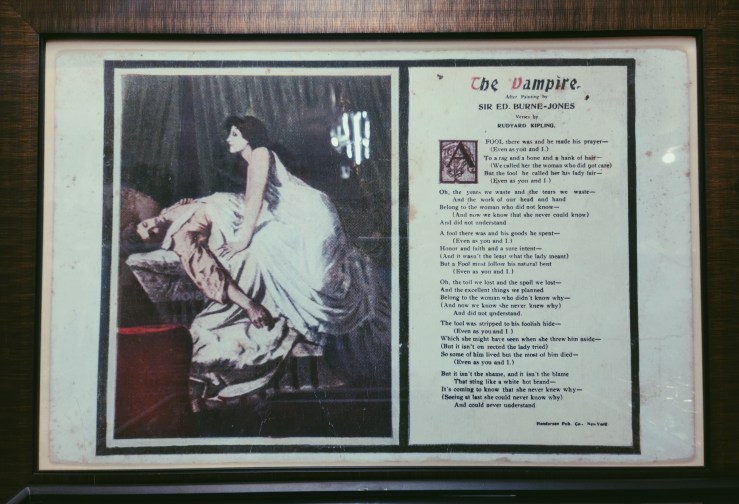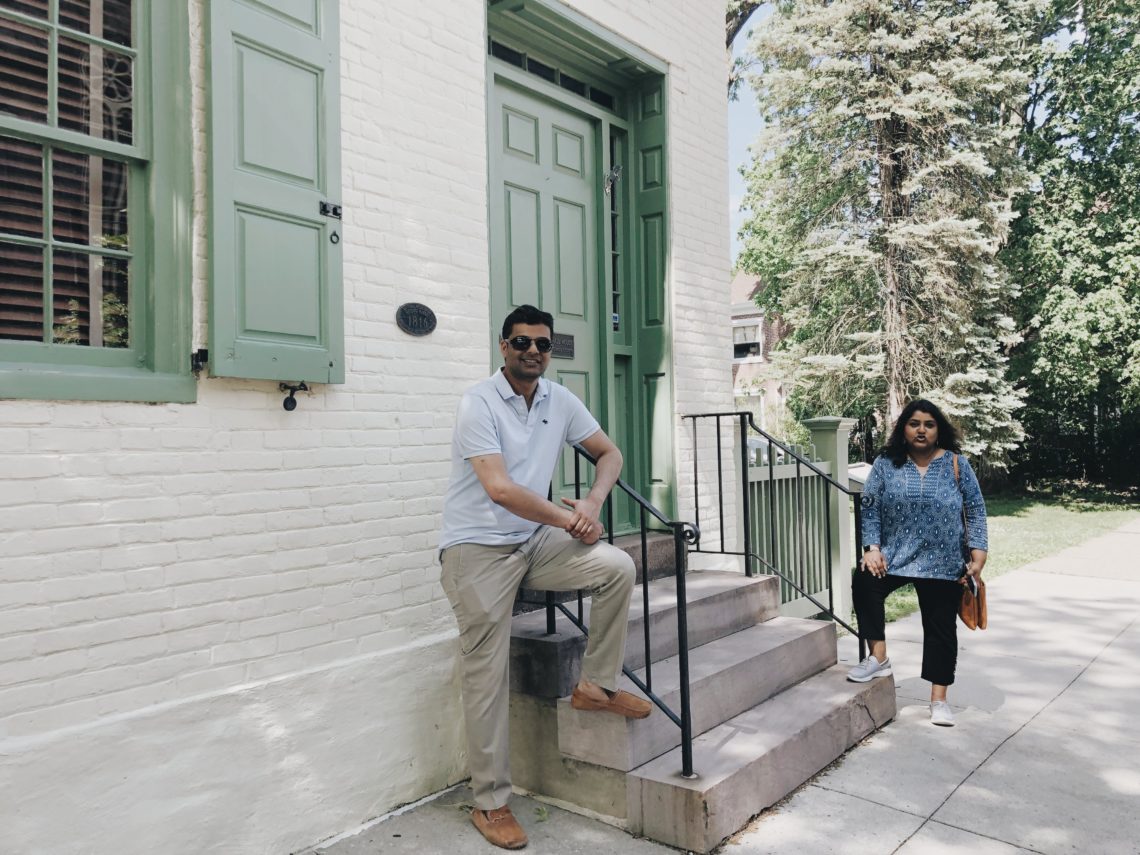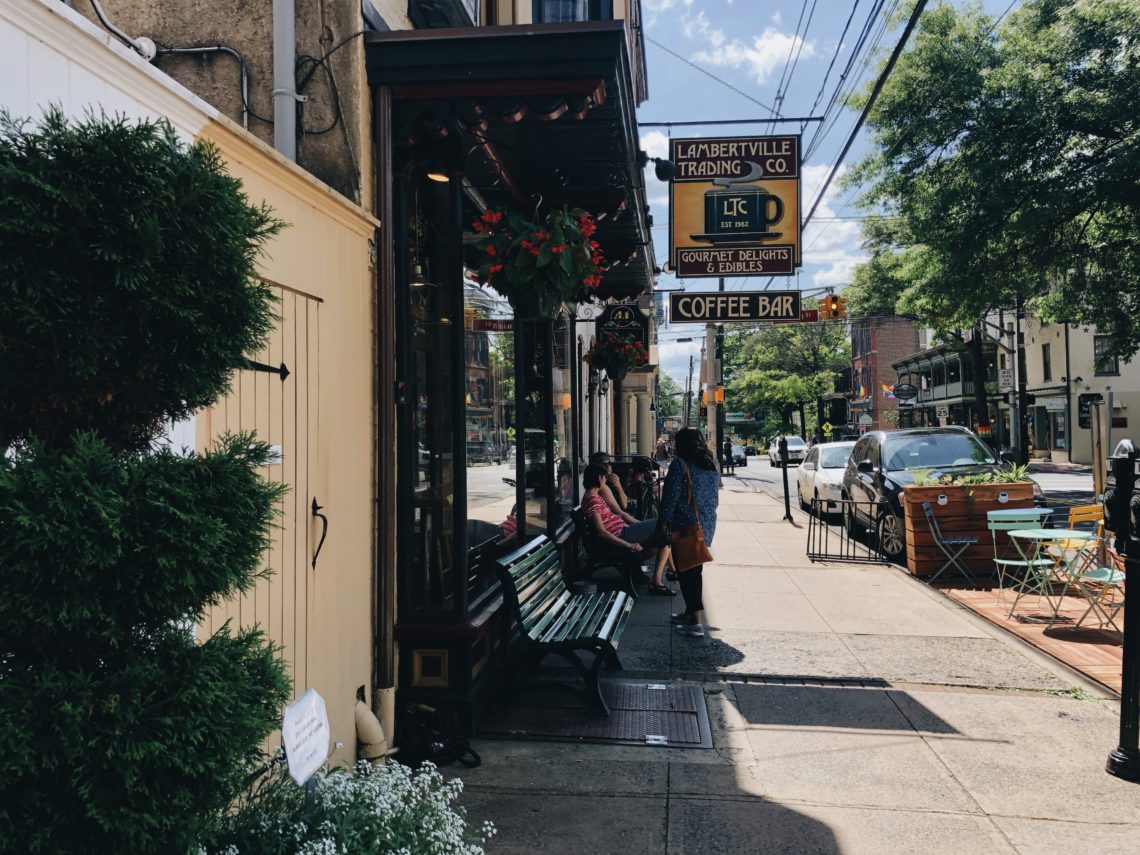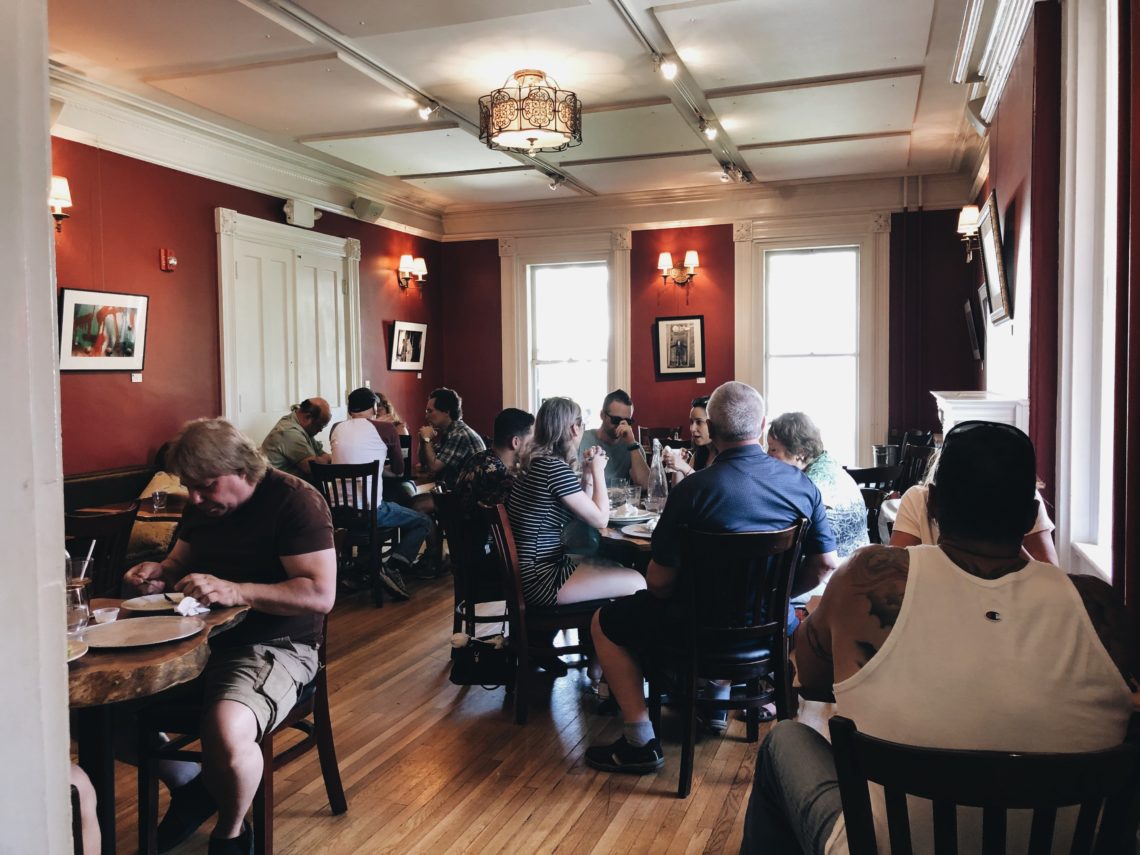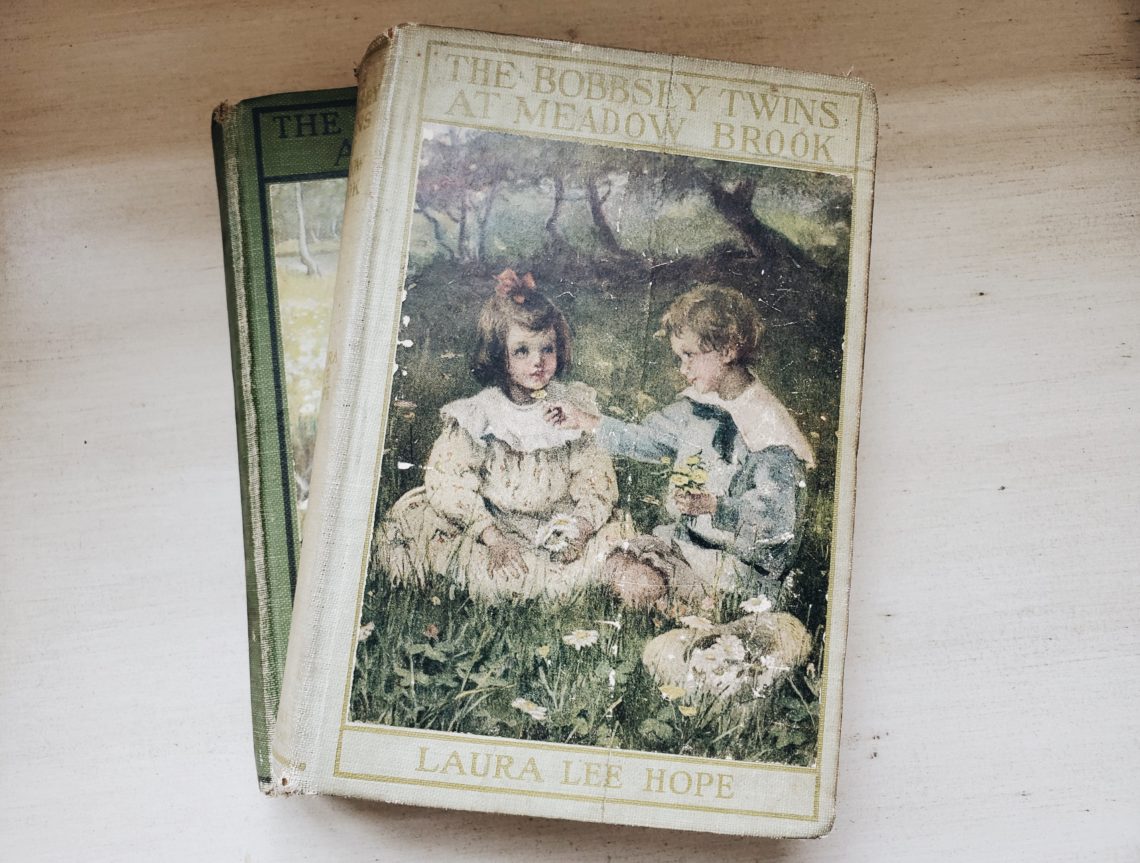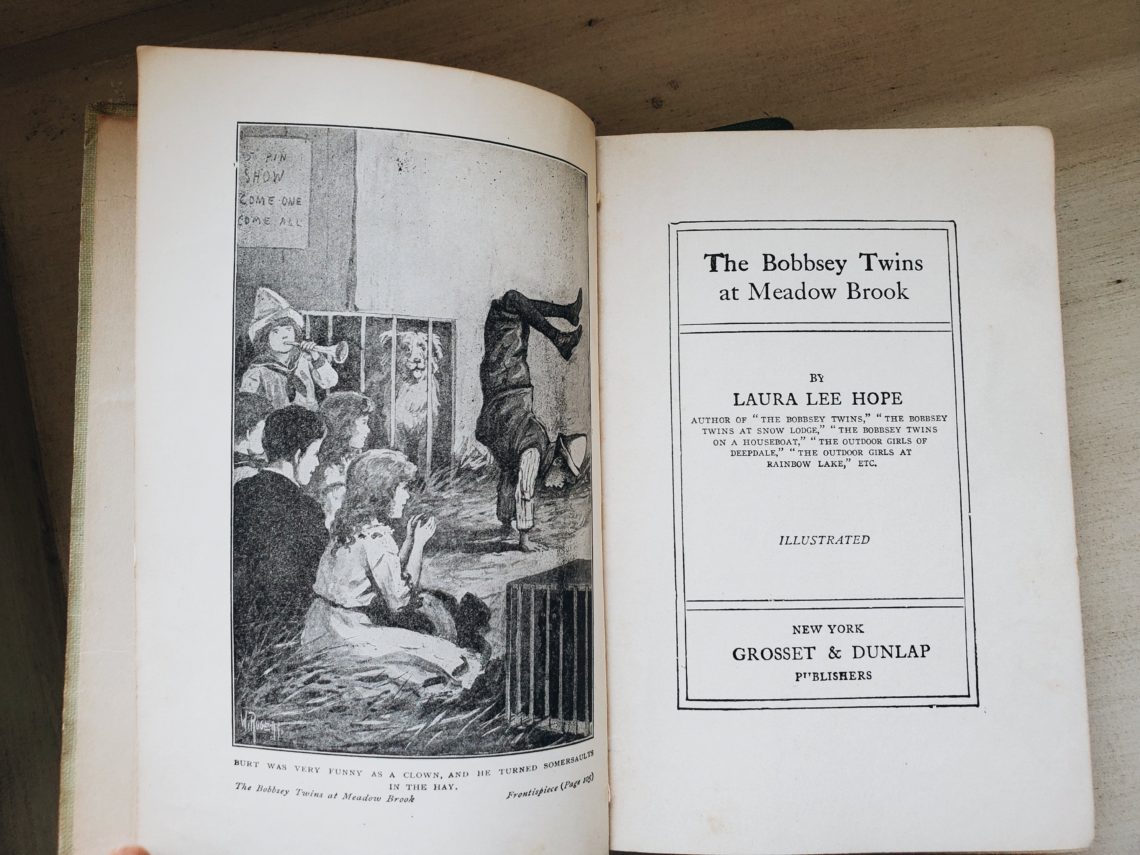Towards the beginning of the year, Adi and I were house hunting. While it is a most enticing prospect to find a house that you will want to live in and call yours, the search is exhausting. But this post not being about the house hunt, I will take you right away to Lambertville, a small town filled with antique stores by the Delaware river. It was one of those chilly February days when the wind pierced your bones and thoughts. It made you ache for home, to be wrapped up in a cosy throw with a book. But we were out. Following an early morning of property viewings, we took leave of the estate agent and I suggested to Adi that we step into Lambertville for a spot of browsing. We could do with some distraction.
Reaching town we grabbed cups of coffee, and cowering in the face of the cold, scurried into one of our favourite antique places in town. It is a big store with three levels filled with old junk, mostly European antiques sourced by the owner from his travels through Europe. Every time we enter the store, I feel like I am in a curiosity shop. I am filled with wonder at the kind of objects that existed once, and have now in this age been delegated to the status of mere curiosities. We were browsing, me rifling through pages of old books that begged to be taken home, when I overheard a woman comment to her companion as they were on their way out. “Where did the time go? I never realised it was so late,” she said. I smiled. Whoever enters the store falls through a rabbit hole.
Climbing the store’s creaky wooden stairs, we found that the store had curated a small museum-style experience. However, the difference was that one could buy items from the collection. My eyes were immediately drawn to a Victorian hallstand, dark mahogany and heavy of make, as most furniture from the yesteryears are. The hallstand had the patina of age. I spent time examining it, then proceeded to check the paraphernalia around. “Come on over,” I said, whispering and beckoning Adi to join me in checking out a small table that belonged to Arthur Conan Doyle. No ordinary piece this. We beheld a ouija table. Adi took a peek and grew pale. Having been exposed to a barrage of horror films over the years, he has been conditioned to my (bizarre, according to the man) fascination with eerie stories. For the sake of honesty, let’s say almost conditioned.
The table came with a note along (with a price tag of $7,500). It was bound to have a story given that it belonged to Dr. Doyle. He was a founding member of a research society in Hampshire and known for his fascination with spiritualism. Doyle collaborated with a fellow mystic in a research on poltergeists in Devon. When his son died of pneumonia in the mid 1900s, the bereaved author was even keener to believe in another realm of existence. He embarked on a collection of talking boards in an attempt to reconnect with his son. His daughter Jean, a British military officer, sold the talking boards to an English antique dealer, who in turn donated it to the Lambertville store for its museum.
“This is too creepy for words,” said Adi.
“But I am getting the hatstand, just so you know,” I told him seriously. One’s gotta rise to the occasion when one needs to needle the husband. And it almost always elicits a reaction most precious from my beloved.
Around the corner, Gothic memorabilia awaited us. For the most part, it was vampire-themed stuff. A plethora of long wooden trunks, beautifully made and kitted up with hinged lids, which opened to reveal wooden stakes and mallets, pistols and crucifixes, vials of garlic powder. Vampire hunting trunks. I wondered about it. Whoever might invest in them? Maybe ones off their rocker? But the truth is that travellers did purchase these trunks that were made in the 1800s for wealthy people on a voyage to Eastern Europe, specifically Transylvania, enthused by the myth of blood-sucking creatures after Bram Stoker published Dracula. One of the travelling vampire kits from the 1870s that we saw, belonged to the Spanish actor Carlos Villaria who played the role of vampire in Dracula, the 1931 version.
If that was not enough, we found more ouija boards, hand-carved, religious wooden sculptures of angels, stakes, holy water bottles, French vampire-hunting oak cabinets circa 1837, an alcove full of puppets with chains barring the way, even a chair that was used to perform exorcisms in Germany in the 1800s. Now all this was way too much for the husband to handle. At one point, he just gave up. He sat himself on a bench and refused to indulge me by looking at anything else in this small museum of strange objets d’art. For my part though I found it highly engaging, and am thinking I shall convince him to give it another go, another day. Wish me luck!







